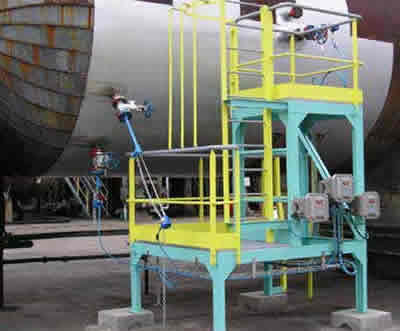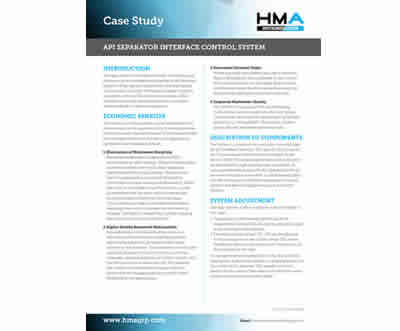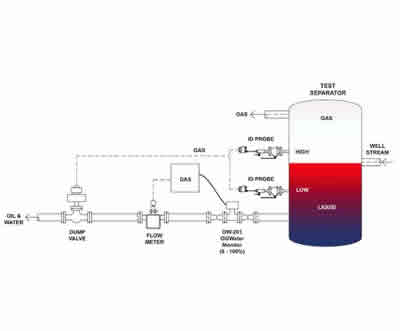
It is all too easy to forget that the primary function of the desalting system is the removal of inorganic chlorides and other water-soluble compounds from crude oil. One need not be a corrosion specialist to realize the acids that form from these compounds can do tremendous, long-term damage in downstream processes of the refinery (as the inspection of crude tower overhead condensers can prove).



